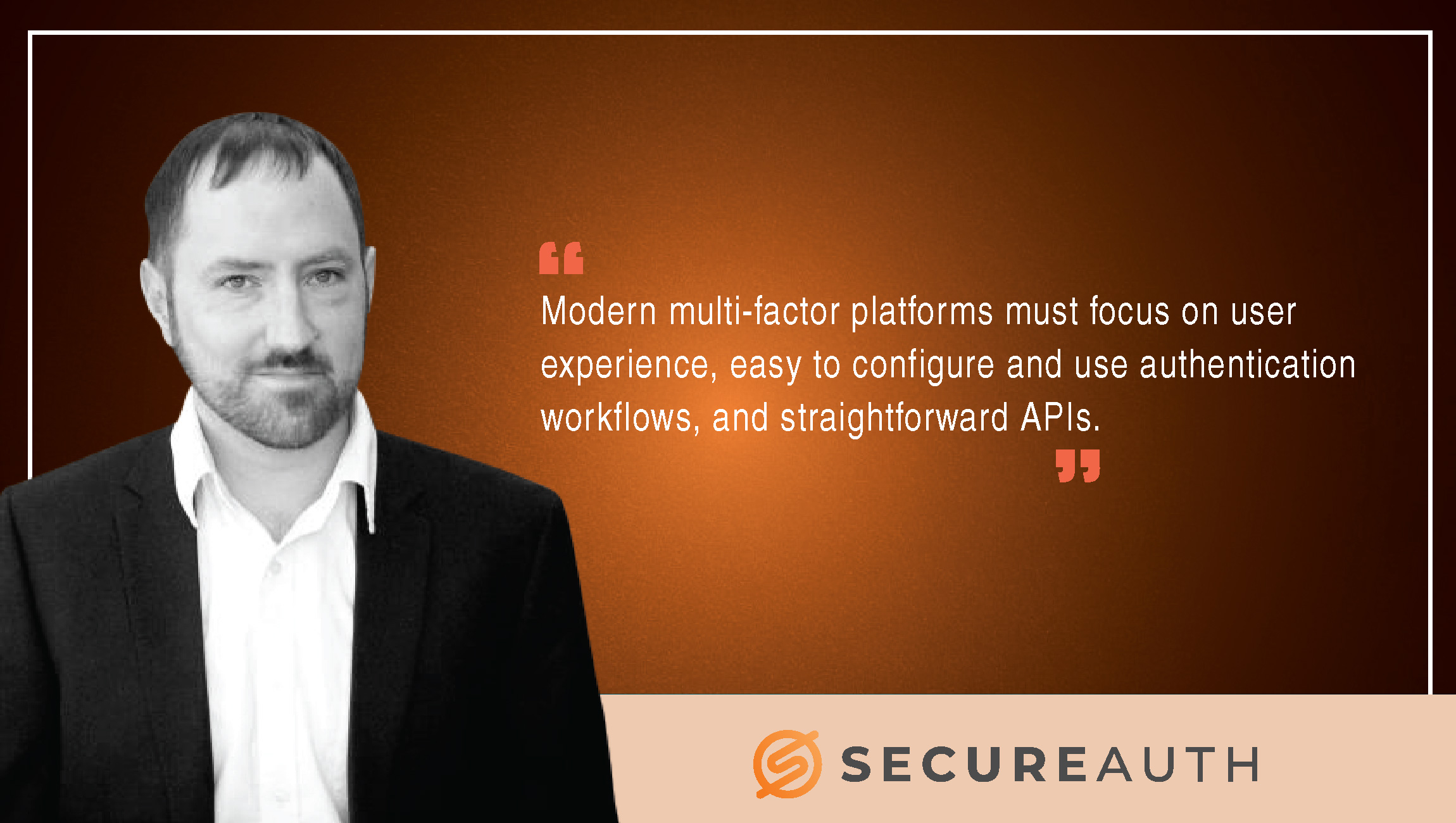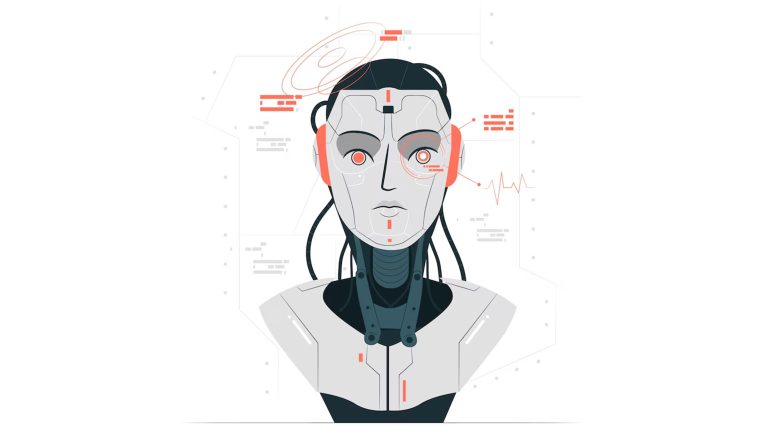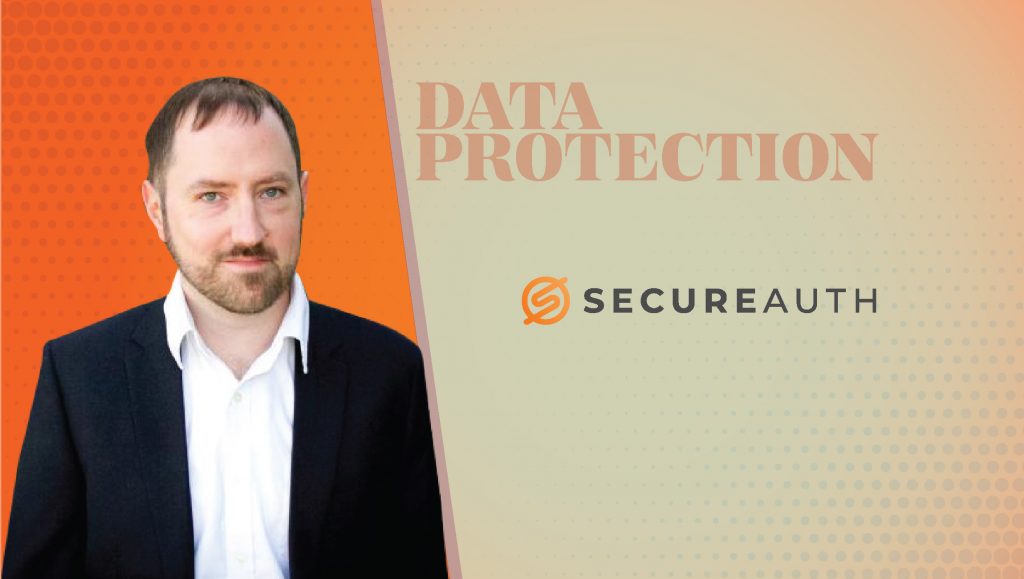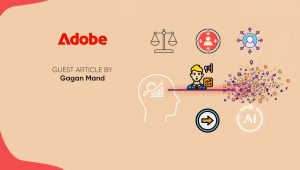
Tell us about your role and the team/technology you handle at SecureAuth.
I serve in a multifaceted role across Engineering, Marketing, Public Relations, and Sales. I have architected and developed solutions for SecureAuth’s Product Engineering department. I serve as a Subject Matter Expert and Content Developer for Marketing as well as being a spokesperson for the company. I often help the Sales department in terms of solutions architecture and high-level discussions with prospects.
How did you arrive at SecureAuth?
I arrived at the company in early 2015 during an initiative to expand innovation for SecureAuth, as it pivoted from being a multi-factor authentication and single-sign-on provider into being the leading provider of adaptive authentication technology. Our goal was, and is, to establish an identity as a pillar of security alongside other vitally important security technologies such as network and endpoint threat detection and vulnerability management.
What is the current technology roadmap to build Identity Management solutions for employees and customers?
SecureAuth’s goal has always been to provide the most flexible and secure identity and access management solution to our customers. We want to be able to support any deployment model customers need, whether they need on-premise, cloud or a hybrid of the two. Our current technology roadmap includes scaling out our Cloud operations, allowing customers even more flexibility in how they store customer identities and federate them to resources they wish to access.
What key components make up modern Multi-factor authentication platforms?
Modern multi-factor platforms must focus on user experience, easy to configure and use authentication workflows, and straightforward APIs that allow digital marketers to consume the full feature set from their own customer portals. They must allow for multiple authentication methods across various mediums such as email, user devices or hardware tokens. They must support a large number of third-party user data stores and federation protocols. These solutions must be easy to deploy and integrate across on-premise, cloud or hybrid environments.
Tell us more about your ‘Passwordless’ solution. How can customers protect their identity with passwordless?
Our passwordless solution eliminates passwords by shifting the multi-factor paradigm from “something you know” (a password) and “something you have” (a device) to “something you have” (a device) and “something you are” (a biometric). This has a number of benefits to the overall security posture and user experience of an organization. There is no longer a centralized database of passwords (or any access credentials) to steal as biometric profiles can be kept “on device”. Passwords that have been stolen in outside breaches can no longer be used against an organization if a user has reused passwords. Users get a delightful user experience that allows them to complete authentication with their thumb or via facial recognition. In fact, the overall user experience is improved and often faster than password use or other 2FA methods.
Tell us more about your AI and Machine Learning initiatives in identity management and authentication.
Our identity platform learns about how users access systems as they go about their daily work. After a period of time, a model is established that can be used to detect deviations from that normal user behavior. For instance, I normally log in at 9 AM, access email, then proceed to the source control repository and log in to pull down the latest code commits. If I am suddenly logging in at 2 AM on a Sunday morning and accessing multiple file shares, this would be a major deviation from my behavior and I should at the very least be prompted for a second factor, or possibly even blocked. The security operations center should be notified of this anomaly as well.
How do you see the Access Management and Security Operations further disrupted with Blockchain, Big Data, and Cloud computing? Which of these technologies are you most excited about?
I can’t understate that Cloud Computing and the resulting Digital Transformation being experienced by organizations today has created a “once in a lifetime” opportunity for us to get things right in how we interact with and authenticate our users. It opens up a lot of doors for us to break down some of the most long-standing and broken paradigms in authentication such as the password.
Stephen is a technology veteran with nearly 20 years in the IT industry, including 10+ years leading Software Development teams in the Security industry.
He is a key player with some of the most influential IT security firms in the world and recognized as an expert in systems architecture, threat intelligence, malware analysis, endpoint, and network forensics, and identity security.
SecureAuth eliminates identity-related breaches through the continuous assessment of risk and the enablement of trust across identities.
The company is a leader in access management, identity governance, and penetration testing. SecureAuth’s highly flexible Identity Security Automation platform redefines security through identity making it easier for organizations to prevent the misuse of credentials.





















